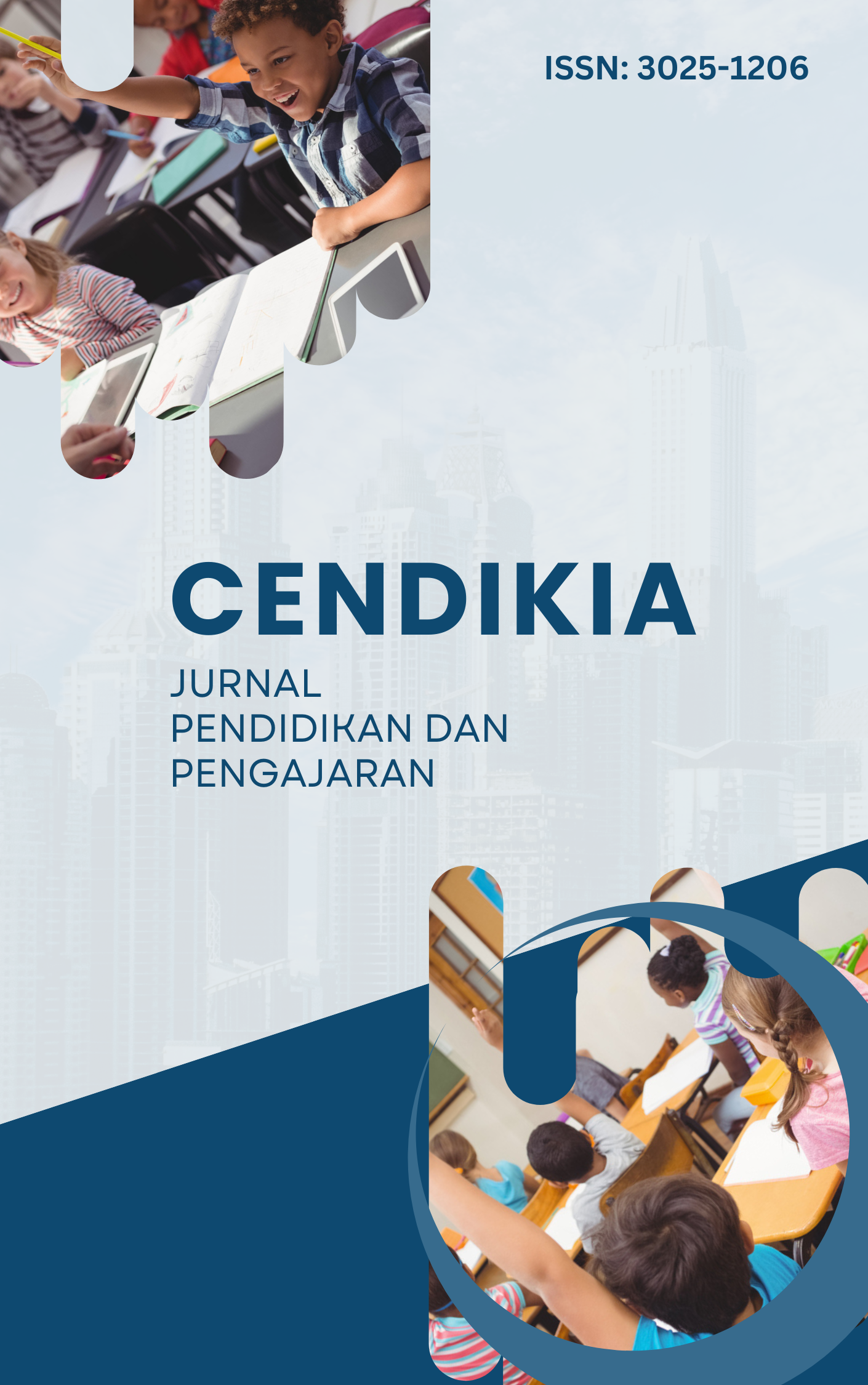V-ITCHY: Making Ointment with Jalantir Leaf Extract for Itchy Skin Sufferers
Keywords:
Jalantir leaf extract, skin disease, ointmentAbstract
Skin diseases remain a significant public health issue in Indonesia, particularly in tropical regions where warm and humid conditions favor microbial growth. The prevalence of skin infections, such as dermatitis and fungal infections, is exacerbated by poor hygiene practices and socio-economic factors, especially in densely populated environments like boarding schools. This study aims to develop a practical and affordable solution in the form of an ointment derived from jalantir leaf extract, known for its antimicrobial and anti-inflammatory properties. Utilizing a Research and Development (R&D) approach, three formulations were tested: F1 (5%), F2 (10%), and F3 (15%). The ointments underwent stability, pH, spreadability, adhesion, and effectiveness tests. Results indicated that all formulations were stable and safe, with F3 (15%) exhibiting the highest effectiveness (85%) but increased stickiness. Meanwhile, F2 (10%) demonstrated the best balance of spreadability, adhesion, and therapeutic effect (75%). Thus, F2 is recommended as the optimal formulation for treating skin conditions while ensuring user comfort. This research highlights the potential of jalantir leaf extract as a natural alternative for managing skin diseases, particularly in communities with limited access to healthcare.
Downloads
Published
How to Cite
Issue
Section
License
Copyright (c) 2025 Fadel Adi Rasya, Rayhan Abdurahman, Alva Rajbani Rahmata, Mazaki Akzarie, Syahmi Arsya Alfarabi, Vany Destiany

This work is licensed under a Creative Commons Attribution-ShareAlike 4.0 International License.






